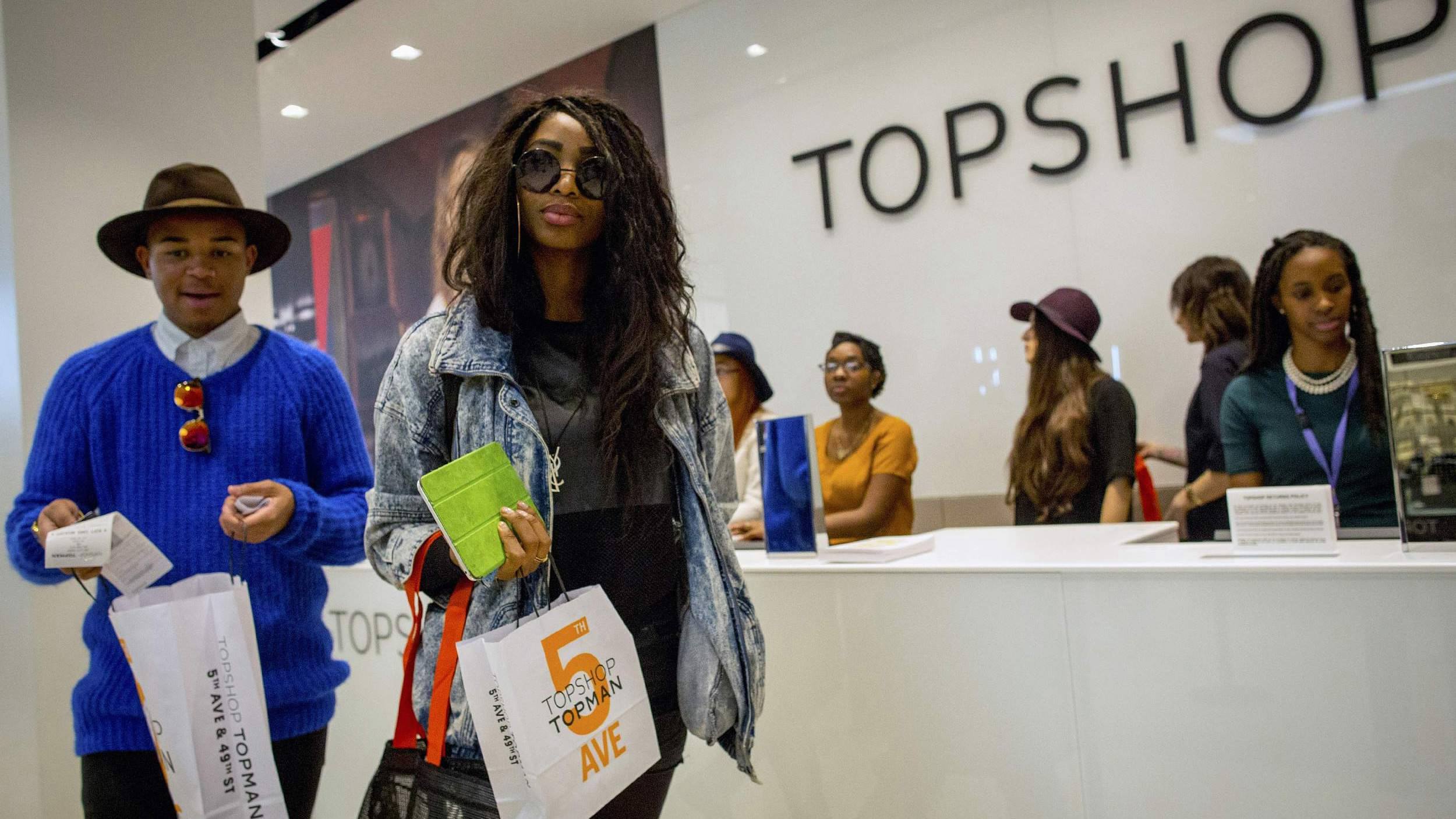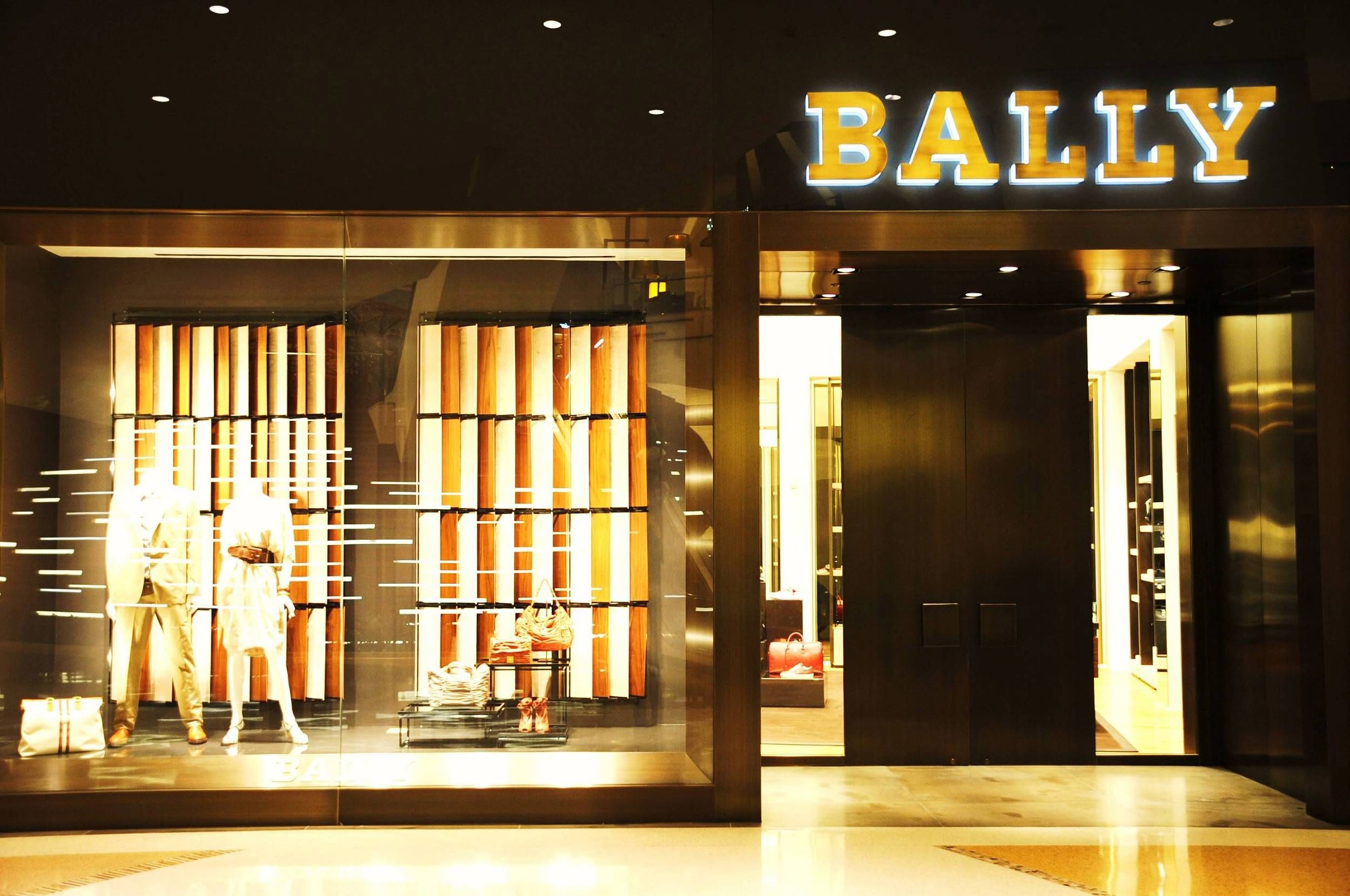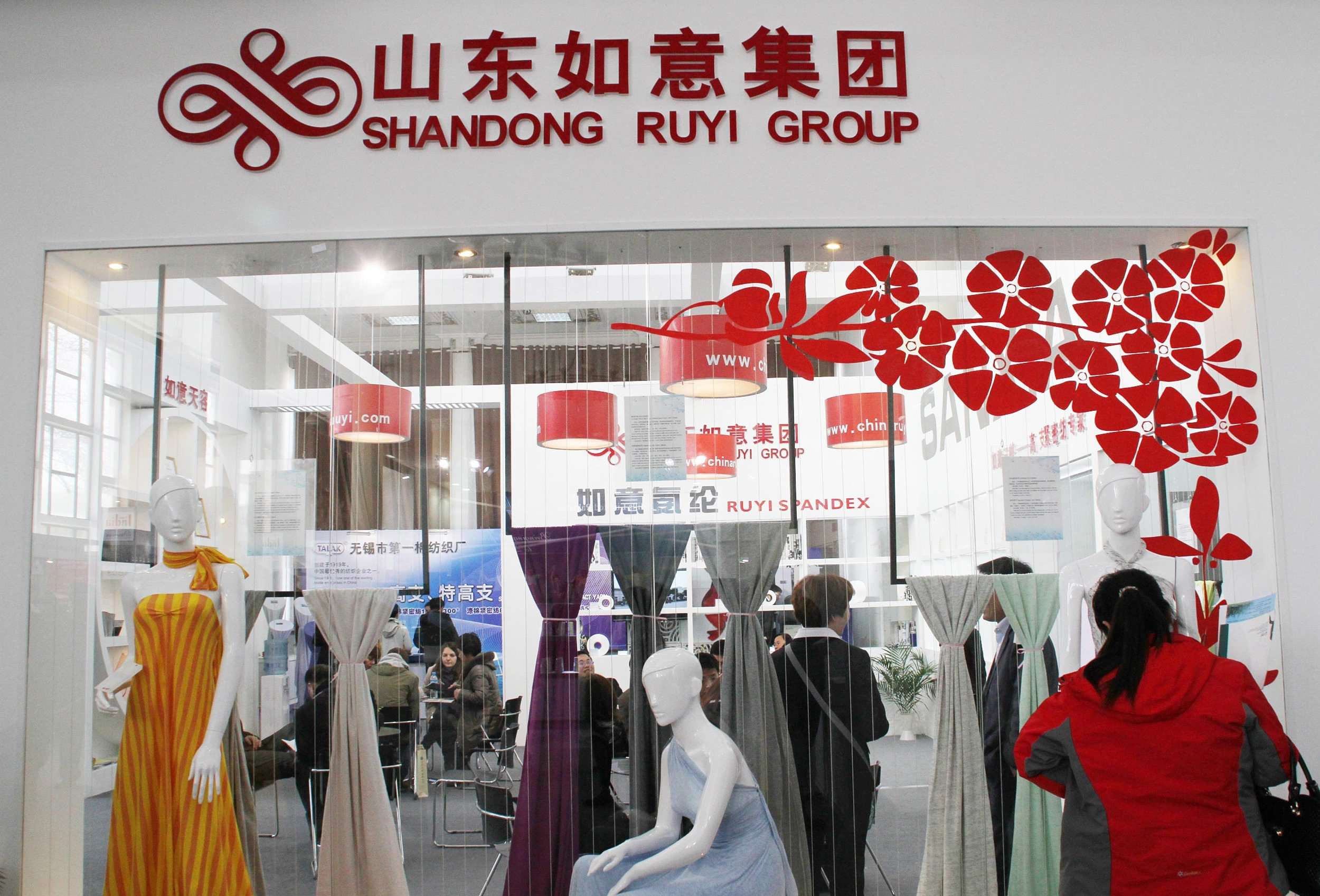
Business
16:57, 19-Feb-2018
Topshop among UK fashion brands reportedly set for Chinese takeover
Nicholas Moore

One of China’s biggest textiles groups is reportedly on the verge of taking over some of the UK’s biggest high street fashion chains, weeks after buying a majority stake in Swiss luxury brand Bally.
The Sunday Times reports that Shandong Ruyi has held talks with controversial UK businessman Philip Green over a possible deal for Arcadia, the group responsible for brands like Topshop, Burton and Dorothy Perkins.
Spending spree set to continue
Shandong Ruyi’s recent spending spree looks set to continue into this year. In 2016, the group surprised the fashion world by buying SMCP, the French fashion house behind brands Sandro, Maje and Claudie Pierlot.

VCG Photo
VCG Photo
After buying a 284 million US dollar controlling stake in Hong Kong’s Trinity Ltd and purchasing UK luxury tailor Aquascutum for 117 million US dollars last year, a move to the British high street would be a departure from high-end fashion.
Arcadia covers 2,800 stores and employs 26,000 people worldwide. While its assets have been valued at one billion pounds (1.4 billion US dollars), The Guardian suggests any deal would be for around 500 million pounds (700 million US dollars) because of a pressing need for an overhaul to the business.
According to the BBC, 2016 saw profits at Taveta – the parent company of Arcadia – plummet by 79 percent, with the collapse of British department store BHS and a failure to adapt to e-commerce dealing a heavy blow to Philip Green’s retail empire.

UK businessman and owner of Arcadia Philip Green. /VCG Photo
UK businessman and owner of Arcadia Philip Green. /VCG Photo
Green sparked uproar in the UK when he sold decades-old brand BHS for one pound in 2015, and the company was found to have a hole in its pension fund worth 571 million pounds (800 million US dollars).
Why is Shandong Ruyi buying struggling fashion brands?
A takeover of struggling Arcadia would mirror the purchase of the 51 percent stake in Trinity Ltd – a company the South China Morning Post claims has lost hundreds of millions of Hong Kong dollars in recent years. Why does Shandong Ruyi want to take over fashion brands that appear to be heading only in one direction – decline?
After completing its purchase of Bally, chairman Qiu Yafu said in a statement “This is an important milestone for Shandong Ruyi Group in our enterprise to become a global leader in the fashion apparel sector.”

Founded in the 1970s, Shandong Ruyi Group is one of China's biggest names in raw materials in the textiles industry. /VCG Photo
Founded in the 1970s, Shandong Ruyi Group is one of China's biggest names in raw materials in the textiles industry. /VCG Photo
According to China Daily, Bally was likely purchased for around 700 million US dollars, and was subject to a bidding war between several Chinese companies, including clothing brand Septwolves and Fosun.
A report released last year by McKinsey and leading industry information platform the Business of Fashion predicted 2018 would see Asian firms “assert their power and leadership” more aggressively than ever before, through overseas investment and expansion.
China’s booming middle class has long been targeted by Western companies and earmarked for expansion eastwards, but Chinese firms now have the spending power to reverse that trend and buy the luxury brands themselves.
The Financial Times suggests that Shandong Ruyi plans to become “one of the world’s largest textile makers and a serious player in the global fashion industry.”
With its domestic business consisting of supplying raw materials like cotton and nylon to textiles manufacturers, Shandong Ruyi’s acquisition of major fashion brands is a strategy that aims to link upstream and downstream chains across the sector.

Shandong Ruyi's acquisition strategy would link supply chains, from raw material to factory and then to shop floor. /VCG Photo
Shandong Ruyi's acquisition strategy would link supply chains, from raw material to factory and then to shop floor. /VCG Photo
E-commerce enters fashion
Alibaba and JD.com are both looking to expand in new markets and industries, as shown by new research centers in the West and enabling cross-border online trade between China and the rest of the world.
The importance of the fashion industry to the e-commerce giants was made clear earlier this month at New York Fashion Week, after Alibaba’s online store Tmall teamed up with the Council of Fashion Designers of America to promote Chinese designers on the catwalk.
In 2016, Alibaba led a 10 million US dollar round of funding in online fashion platform Grana, which has an established presence in 12 countries and regions including the UK, the US and Australia.
JD.com has also spent heavily on expanding into fashion, after leading a 19 million US dollar investment round in Thailand’s e-commerce platform Pomelo.
A study by BMI Research suggests the Chinese clothing and footwear sector will expand by 10 percent each year until at least 2022. Such trends, when coupled with the rapid growth of China’s e-commerce sector, could mean companies like Shandong Ruyi will be able to transform the fortunes of struggling Western brands.

SITEMAP
Copyright © 2018 CGTN. Beijing ICP prepared NO.16065310-3
Copyright © 2018 CGTN. Beijing ICP prepared NO.16065310-3